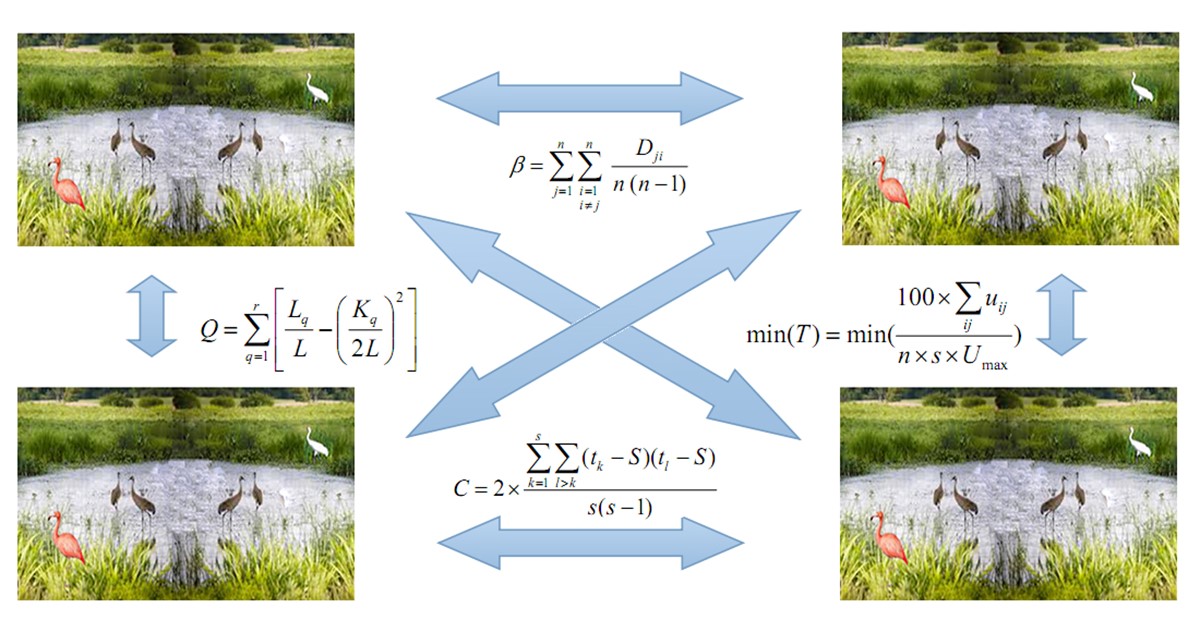Biodiversity Conservation in Metacommunities
A special issue of Diversity (ISSN 1424-2818). This special issue belongs to the section "Biodiversity Conservation".
Deadline for manuscript submissions: 30 April 2024 | Viewed by 3252

Special Issue Editor
Interests: behavioural ecology; ecological modelling; numerical ecology; spatial ecology
Special Issues, Collections and Topics in MDPI journals
Special Issue Information
Dear Colleagues,
A metacommunity is a set of local communities that are linked by the dispersal of multiple potentially interacting species. Metacommunity theory describes the processes that occur at the metacommunity scale and suggests novel ways of thinking about species interactions, with fundamental implications for conservation ecology and biogeography.
The editor of this Special Issue welcomes submissions of both original research and synthetic reviews, including, but not limited to: 1) analyses of metacommunity structure; 2) analyses of metacommunity biodiversity (alpha, beta and gamma diversity); 3) analyses of species assemblage (modularity, nestedness, and species co-occurrences); 4) analyses of metacommunity changes over time; 5) analyses of the connection between species assemblage and environmental/anthropogenic drivers; 6) conceptual models to explain patterns in presence–absence data; 7) analyses of dispersal dynamics among communities; and 8) analysis of the biotic drivers (e.g., competition and mutualism) that shape the presence–absence of species. Studies about any type of metacommunity (e.g., islands in an archipelago, wetlands on land, and networks of protected areas) of both animals and plants are welcome, with a main focus on biodiversity conservation.
Dr. Alessandro Ferrarini
Guest Editor
Manuscript Submission Information
Manuscripts should be submitted online at www.mdpi.com by registering and logging in to this website. Once you are registered, click here to go to the submission form. Manuscripts can be submitted until the deadline. All submissions that pass pre-check are peer-reviewed. Accepted papers will be published continuously in the journal (as soon as accepted) and will be listed together on the special issue website. Research articles, review articles as well as short communications are invited. For planned papers, a title and short abstract (about 100 words) can be sent to the Editorial Office for announcement on this website.
Submitted manuscripts should not have been published previously, nor be under consideration for publication elsewhere (except conference proceedings papers). All manuscripts are thoroughly refereed through a single-blind peer-review process. A guide for authors and other relevant information for submission of manuscripts is available on the Instructions for Authors page. Diversity is an international peer-reviewed open access monthly journal published by MDPI.
Please visit the Instructions for Authors page before submitting a manuscript. The Article Processing Charge (APC) for publication in this open access journal is 2600 CHF (Swiss Francs). Submitted papers should be well formatted and use good English. Authors may use MDPI's English editing service prior to publication or during author revisions.
Keywords
- biotic drivers
- dispersal dynamics
- environmental/anthropogenic drivers
- metacommunity biodiversity
- metacommunity changes over time
- metacommunity structure
- species assemblage
- species functional traits





